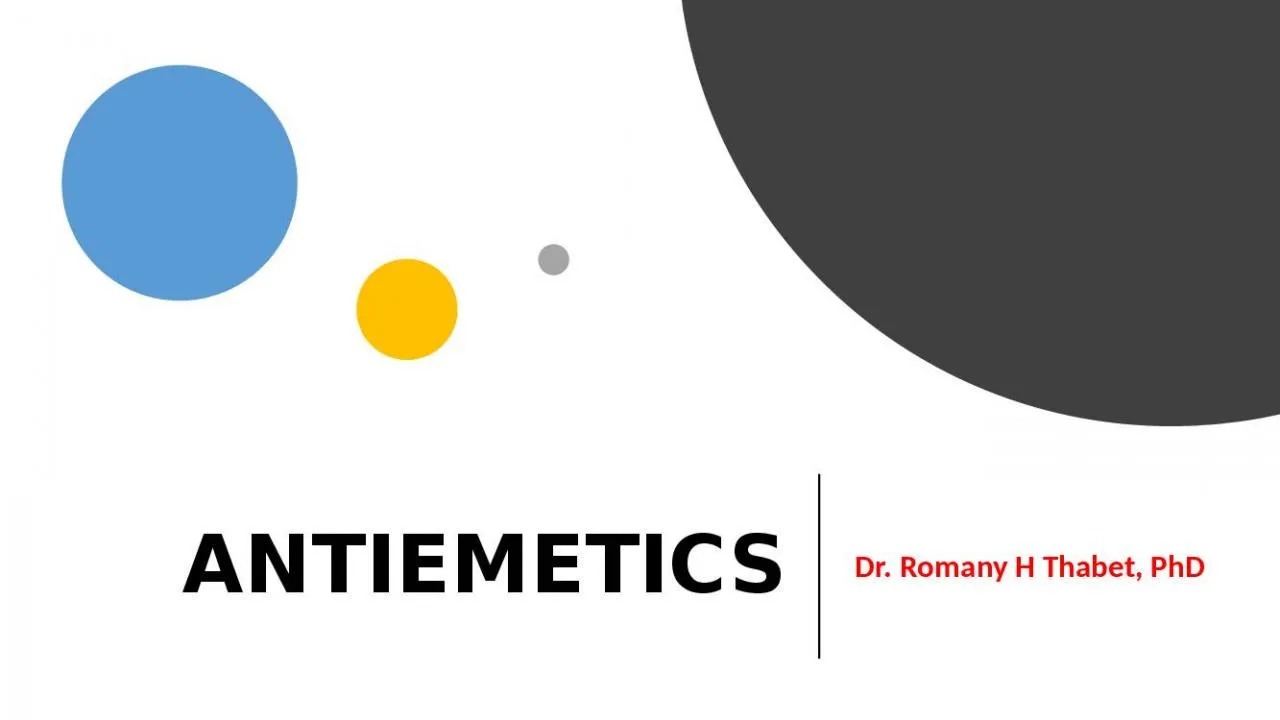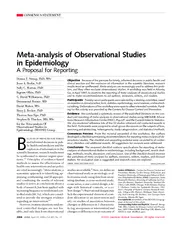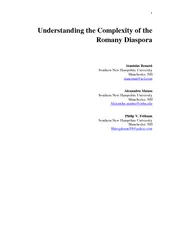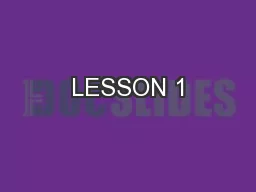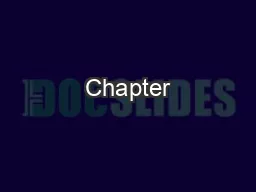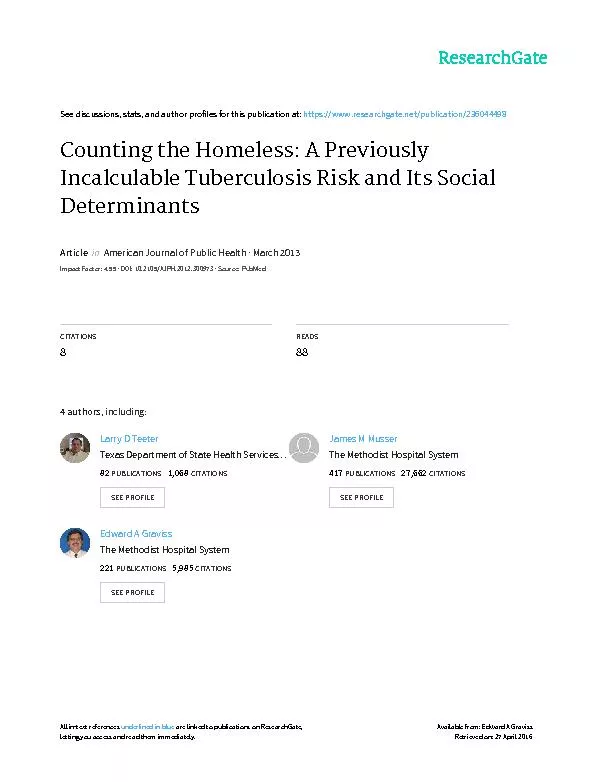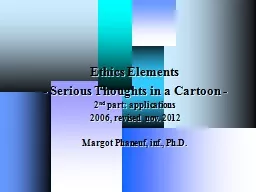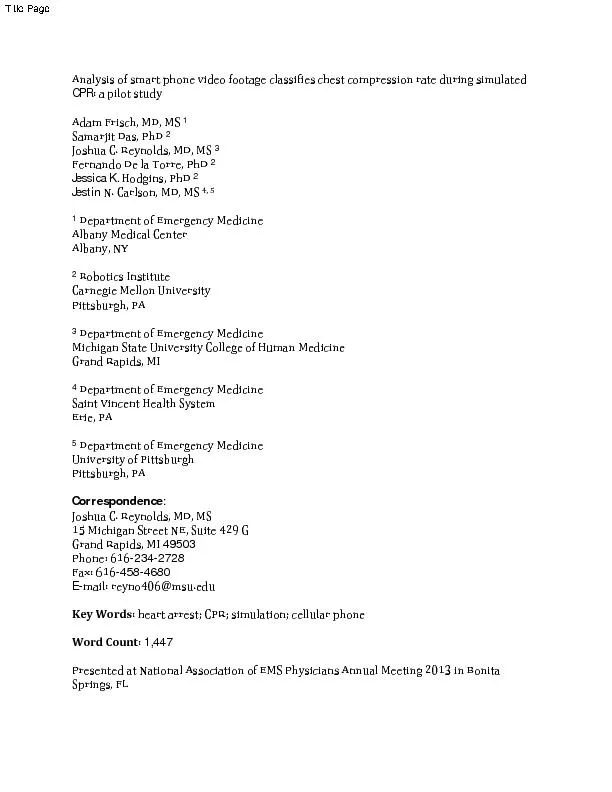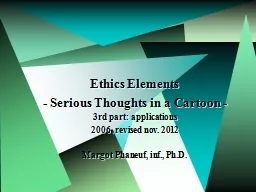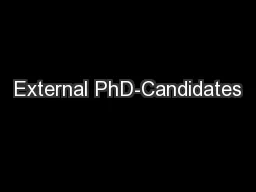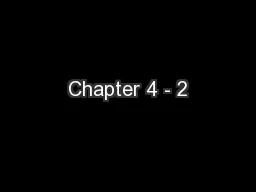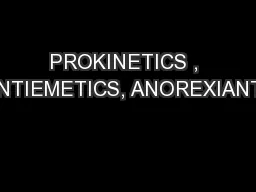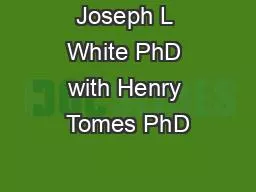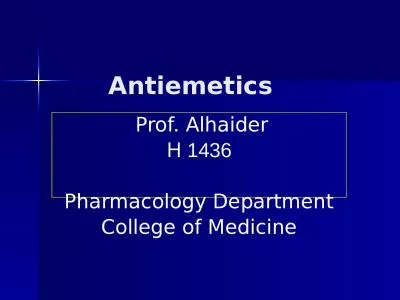PPT-ANTIEMETICS Dr. Romany H Thabet, PhD
Author : anastasia | Published Date : 2022-02-15
What is an Antiemetic Emesis The involuntary expulsion of the stomachs contents through the mouth It serves as a protective function to rid the body of harmful
Presentation Embed Code
Download Presentation
Download Presentation The PPT/PDF document "ANTIEMETICS Dr. Romany H Thabet, PhD" is the property of its rightful owner. Permission is granted to download and print the materials on this website for personal, non-commercial use only, and to display it on your personal computer provided you do not modify the materials and that you retain all copyright notices contained in the materials. By downloading content from our website, you accept the terms of this agreement.
ANTIEMETICS Dr. Romany H Thabet, PhD: Transcript
Download Rules Of Document
"ANTIEMETICS Dr. Romany H Thabet, PhD"The content belongs to its owner. You may download and print it for personal use, without modification, and keep all copyright notices. By downloading, you agree to these terms.
Related Documents

